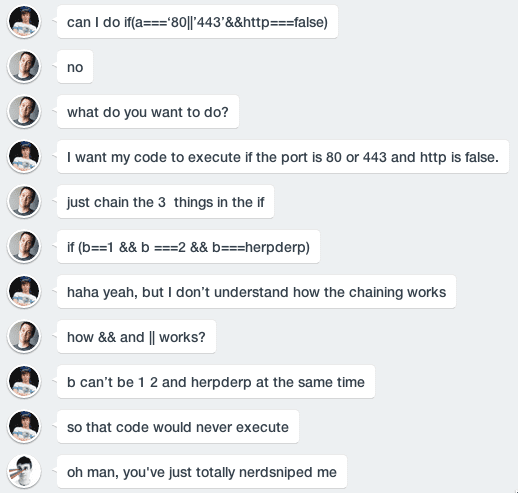The first Node.js secure development training is coming to Portland
In just a few weeks on April 30th, the ^lift security team will host their first secure development training on building secure Node.js web applications in Portland, Oregon.
The ^lift team has designed this training to help you understand the security challenges you will face when developing Node.js web applications and help you build habits that turn security from a worry or an annoyance, into a comfortable part of writing your code from the very beginning.
Seats at this first class are extremely limited, so grab your spot with the team that’s been trusted to secure tools you use everyday like npm, Github and Ginger, as well as leads the Node Security Project. Also discounted tickets are available if you want to bring your dev team (or hack the system and bring a couple friends, we won’t tell anyone).



